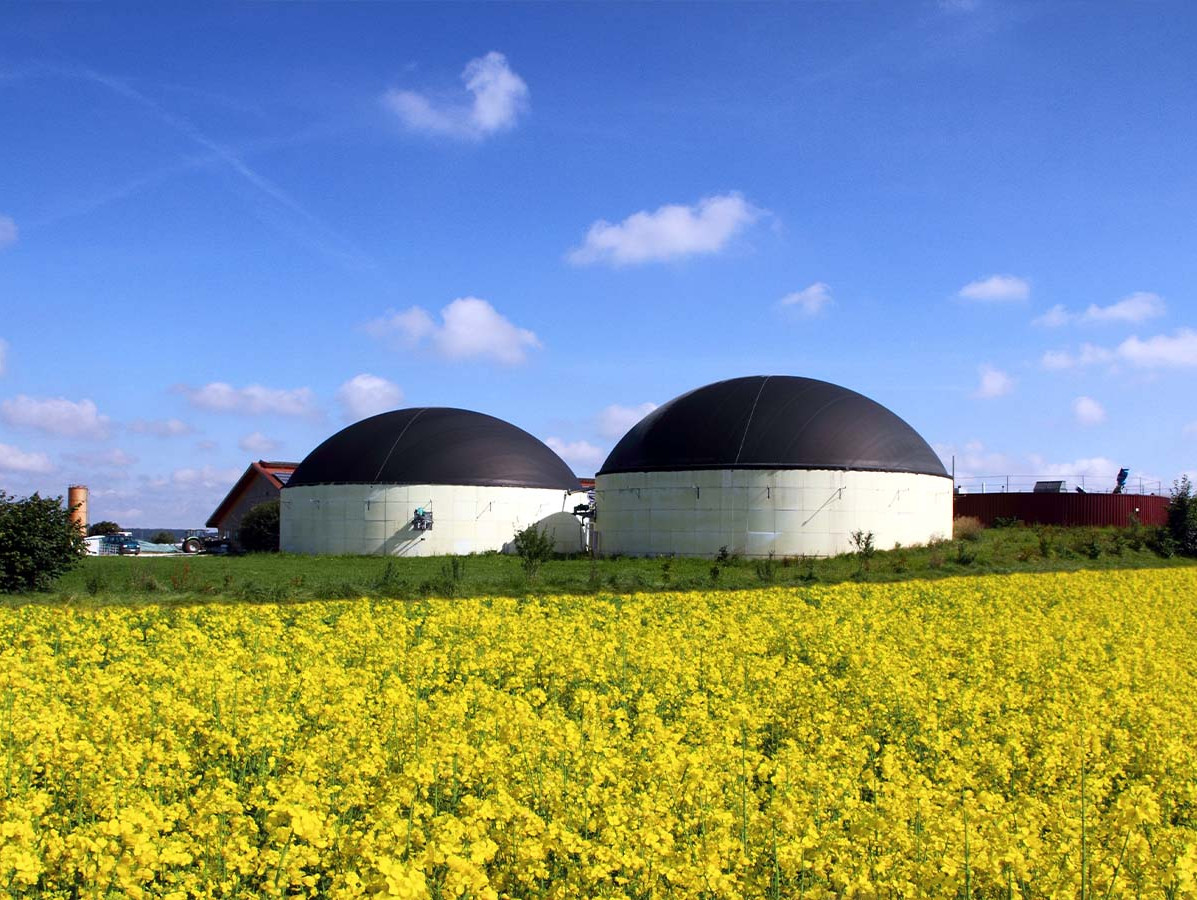We're currently searching through more than 4,000 articles, just a moment's patience...
We're currently searching through more than 4,000 articles, just a moment's patience...

A team of researchers from the Engineering and Technology Institute Groningen (ENTEG) has developed a new method for upgrading biogas. The research aims to reduce anthropogenic greenhouse gas emissions by replacing natural gas with biogas, which is obtained through the anaerobic digestion of organic waste such as manure and food industry waste.
Upgrading biogas is necessary to make it suitable as a direct replacement for natural gas. Biogas contains about 60 vol% methane and 40 vol% carbon dioxide, while natural gas contains more than 95% methane. The new upgrading method is based on (vacuum) pressure swing adsorption [Vacuum Pressure Swing Adsorption, (V)PSA] using zeolites as adsorbents.
Zeolites are particularly suitable for this application because of their adsorption capacity at low pressure, excellent structural stability and because they are easy and cheap to make. Moreover, it is possible to modify the physico-chemical properties of zeolites to improve carbon dioxide adsorption.
The research team led by Dina Boer synthesised several macroscopic binder-free zeolite beads using a hard mould, resulting in beads with an open and accessible hierarchical porous structure that have been investigated for their applicability in biogas upgrading.
The new method has the potential to play an important role in reducing anthropogenic greenhouse gas emissions. Dina Boer's research was funded by DMT Environmental Technology and the Samenwerkingsverband Noord-Nederland (SNN).
Source: Rijksuniversiteit Groningen
Vakblad Voedingsindustrie is a project of b2b Communications BV.
© COPYRIGHT 2025 VOEDINGSINDUSTRIE | ALLE RECHTEN VOORBEHOUDEN
Powered by Wallbrink Crossmedia © 2025
Een abonnement kost € 80,- exclusief 9% BTW per jaar.

We work in accordance with the privacy legislation. After your registration you will receive an e-mail with a confirmation link. Only after you have clicked on this link will you be registered as a recipient of the newsletter. If you can't find the e-mail in your inbox, please also look at unsolicited e-mail.


Lorem ipsum dolor sit amet, consectetuer adipiscing elit. Aenean commodo ligula eget dolor. Aenean massa. Cum sociis natoque penatibus et magnis dis parturient montes, nascetur ridiculus mus. Donec quam felis, ultricies nec





